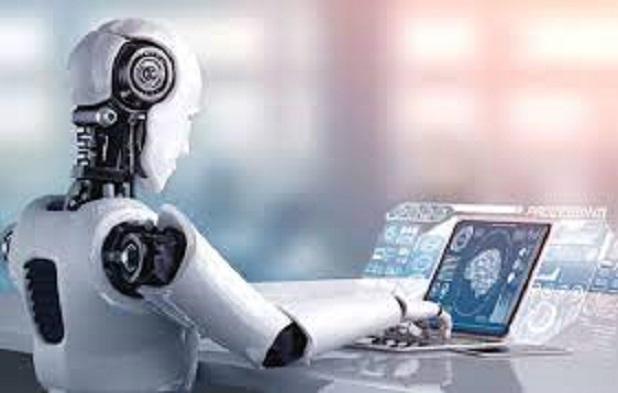In a world where artificial intelligence (AI) is becoming increasing ubiquitous, it’s time to take a deep drive into the good, bad, and ugly of this powerful technology. From self driving cars to facial recognition software, A I is touching every aspect of our lives, But as with any major technological shift, there are bound to be upsides and downsides so buckle up, because we are about to take a wild ride through the world of A I: the good, the bad, the down right ugly.
Starting with the history of A I, the origin of Artificial Intelligence may be dated back to the middle of the 20th century, when computer scientist started to create algorithms and softwares that could carry out tasks that ordinarily need human intelligence, like problems solving, patter recognition, and judgement. A I is developing quickly, with researches looking at novel idea like reinforcement learning, quarantum computing and neuromorphic computing.
Another important trend in modern day A I is the shift toward more human like interactions, with voice assistants like SIRI and ALEXA leading the way and also A I serving as personal assistant to humans.
As the general saying goes, there is nothing without an advantage and disadvantage. Starting with the good, A I is always available 24/7, it works around the clock, making life easy and giving solutions to problems at all times, again A I can automate repetitive tasks, leading to increased efficiency and productivity, also A I can perform tasks with high precision and accuracy, reducing errors.
The ugly side of A I, the Microsoft designer, this A I powered tool can automatically generate design layouts for website and other digital products. Sounds great right? But there’s a catch, as Forbes explain, these design can be generic and uninspired, lacking emotional resonance or aesthetic appeal. In other words, the Microsoft design is currently the very worst example of A I.
Now to the bad, A I automation could lead to job loss in certain industries and occupation, again A I system often require access to personal data, rising concern about privacy and data security, also over reliance on A I system could lead to a loss of human skills and critical thinking.
Aside the loss of jobs for humans, there are other areas to which A I is termed dangerous, this includes A I enabling terrorism, A I will change the way conflicts are fought from autonomous drones, robotic swarms. Also social manipulation and A I bias, so far, A I is still at risk for being biased by the humans that build it. If there is bias in the data sets the A I is trained from, that bias will affect A I action in the wrong hands, A I can be used, as it was in the 2016 U.S presidential election, for social manipulation and to amplify misinformation. Again Deep fake, A I technology makes it very easy to create fake videos of real people, these can be used without an individual’s permission to spread fake news, create porn in a person’s likeness who actually isn’t acting in it, and move to not only damage an individual’s reputation but livelihood.
Weighing all these, it’s negatives are majorly caused by its programmer, which are still humans, how sad this can be ?
However, I am a frightful optimist that is very excited about what A I can do if we get it right. The near term effects are just overwhelming position, the longer term effect is more of an open question and is very hard to predict. If we do our homework and the more we get our act together as a world and a species in whatever time we have available, the better we are prepared for this, and the better the odds for a favourable outcome. In that case, it could be extemely favourable.
A I is a double edge sword that can be used for good or evil. It’s up to us to make sure that we use this technology responsibly and ethical. By understanding its strengths and weakness we can harness the power of A I to create a better world for all of us.
– Timothy Mercy Onize
Prince Abubakar Audu University Anyigba, Kogi state.




